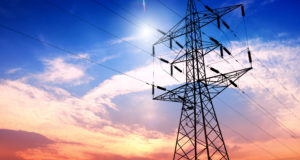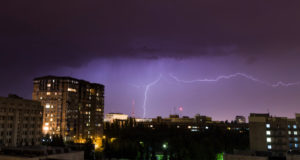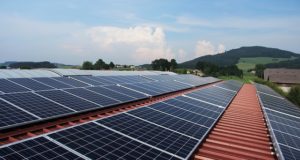
image credit npr.org
The electric power grid in the United States is unreliable and more expensive than ever before.
That’s the conclusion from an Associated Press report, which notes the amount of time the average American family spends without electricity has increased by 20 minutes since a decade ago. At the same time, that family is paying 43 percent more for electricity.
The average American family loses power 1.2 times a year and is without electricity for 112 minutes. In some parts of the country, the time without electricity can be longer because of local conditions.
These outage figures do not include major blackouts like the one after Super Storm Sandy or the Northeast big blackout in 2003. That blackout was caused when a tree hit a power line set off a chain reaction that knocked out electricity to 50 million people in eight states and the Canadian provinces of Ontario and Quebec.
Blackouts Still Possible
Experts still think that the power grid is vulnerable to that kind of blackout, although they say improvements have been made. Utilities have taken steps to prevent future blackouts; they’ve installed thousands of sensors designed to detect problems as they occur.
The problem could be made worse by the fact that the utilities don’t know what to do with all the data the sensors collected, University of Vermont’s Paul Hines, an expert on the grid, told National Public Radio. Hines noted that Southern California and Arizona suffered a cascading blackout in 2011 despite the sensors.
Harness the power of the sun when the power goes out…
Hines believes the grid is too centralized and vulnerable to sabotage. He believes that more modernization is needed.
“We’ve done some things that will reduce the risks of the blackouts that happened last time, but haven’t done things that would prevent the next blackout,” Hines said.
The grid is vulnerable to “extreme weather, cybersecurity threats and stress caused by shifts in where and how power is produced,” AP reported.
“The grid that exists today wasn’t designed for what everybody wants to do with it,” said Joe Welch, CEO of ITC Holdings Corp., an electrical transmission company.
White House Acknowledges Grid Is Unreliable
President Obama believes that the grid is too old and in need of modernization. The White House issued a report that stated that the U.S. economy lost $18–$33 billion because of blackouts in the past few years. Obama wants to spend billions of dollars to make the grid more flexible.
The average power plant in the United States is 30 years old, and 70 percent of the power lines and transformers are over 25 years old. This makes them more vulnerable to the weather and other natural forces.
Don’t Be Left in the Dark
An unreliable grid has led some to supply at least part of their own electricity. The Durst Organization, a 55-floor commercial realty firm in New York City, has a natural gas plant that generates two-thirds of the building’s energy, NPR reported.
Across America, the grid is no longer reliable at a time when our lives are more dependent on it than ever before.
Many Americans now make their living at home, such as by operating small businesses over the Internet. If there’s no electric grid, there’s no Internet and no way for those people to make a living or feed their families. Many families use solar panels as a way to generate electricity, either all the time or only when the grid goes down.
News stories indicate that the days when the grid always provided a reliable and constant supply of electricity could be over. That means families and businesses could have to start providing their own electricity.
 Off The Grid News Better Ideas For Off The Grid Living
Off The Grid News Better Ideas For Off The Grid Living




